Many areas in Japan that are particularly popular with tourists, such as Osaka, Kyoto and Hyogo, are part of the Kansai region. It’s not only a great region for sightseeing but also for food!! We sum up the characteristics of the Kansai region, popular sightseeing spots, specialty dishes you can’t get anywhere else, and some of the traditional craftworks perfect for souvenirs.
Table of Contents
- What is the Kansai Region?
- Famous tourist spots to visit in Kansai
- Local Specialties in Kansai Region
- Traditional Japanese Craftworks that are Great Souvenirs from Kansai
- To Close
What is the Kansai Region of Japan?

The Kansai region is located in Western Japan. (It’s the pink area in the map above.) It is often used to compare with the Kanto region which includes Tokyo. The Kansai region was once the area which housed the capital of Japan (read all about the former capitals here), and Kyoto and Osaka in particular are as prosperous as Tokyo today.
The Prefectures of the Kansai Region
Here are the prefectures that make up the Kansai Region.
Osaka Prefecture

Osaka Prefecture is one of the major metropolitan areas in Japan and is a prosperous prefecture with a large population and number of tourists. With both Kansai International Airport and Osaka International Airport (Itami Airport), it has excellent domestic and international access. Thanks to its well-developed railway system, it has good access to other prefectures as well, and many people pair Osaka with other places in the Kansai region during their trips.
Kyoto Prefecture
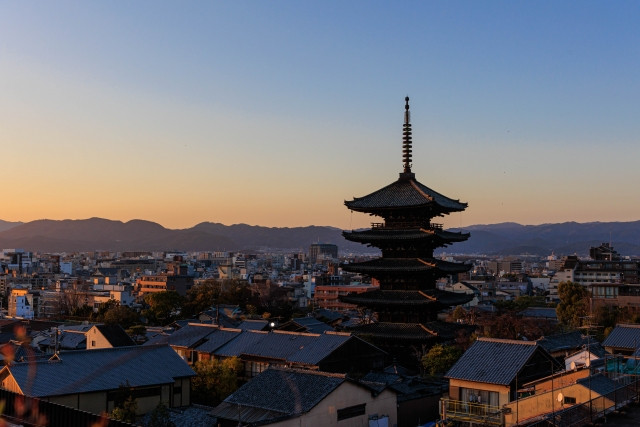
Kyoto Prefecture is located in the northeastern part of the Kansai region. This area used to be the capital of Japan and is characterized by its many historical buildings. It’s popular as a tourist destination where you can feel the “essence” of Japan - so people visit from all over Japan and the world.
Hyogo Prefecture

Hyogo Prefecture faces the Sea of Japan to the north and the Seto Inland Sea to the south. You can enjoy not only sightseeing but marine sports and activities. It also has some of Japan’s oldest hot springs, so many tourists visit to relax. Hyogo Prefecture is said to be a “microcosm of Japan” as you can enjoy various aspects of culture and entertainment in one prefecture.
Nara Prefecture

Nara Prefecture is located almost in the center of the map in Japan. Since it also used to be home to the capital of Japan during the Nara period, there are many historical buildings and cultural heritage sites and traditions left.. Those who are interested in Japanese architecture and history will enjoy sightseeing here, not to mention the deer!
Shiga Prefecture
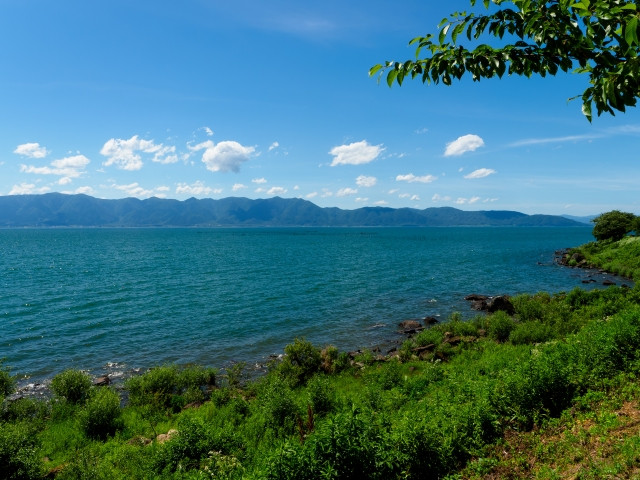
Shiga Prefecture has the largest lake in Japan, 琵琶湖 Biwako, or Lake Biwa. It borders the Chubu region to the right. There are many historical tourist attractions as well, such as castles and castle towns. You can also enjoy dishes made with fish caught in the lake.
Wakayama Prefecture
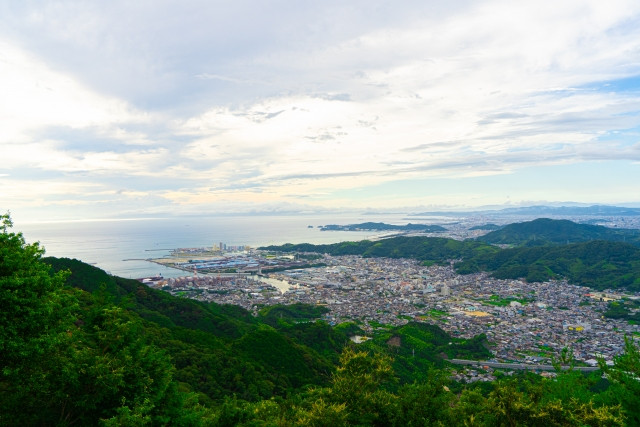
Wakayama is a prefecture that is long in shape from north to south, facing both the Pacific Ocean and Seto Inland Sea. It is surrounded by mountains and the sea, making it a great tourist spot to enjoy nature you can’t experience in the city. The area has a warm climate throughout the year, which might give you a little taste of being in a tropical country.
Difference Between Kansai and Kinki Regions
Have you ever heard of the Kinki Region? In general, this area is known as the Kinki Region when Mie is included (and in the official 8 regions of Japan), and known as the Kansai Region when Mie is not included.
However, there’s no clear rule as to which region Mie is included in (there’s even a Tokai region, also not one of the official 8 regions of Japan, that includes Mie), so it really depends on the situation.
But when talking about the east vs west of Japan, it’s often referred to as the Kanto region vs the Kansai region.
But since Mie won’t be introduced in any other article featuring the regions of Japan (sorry Mie!), we’ll introduce it here.
Mie Prefecture
Mie is a prefecture blessed with nature including the sea and mountains. It also has one of the most famous shrines in Japan called 'Ise Jingu', which is said to be the heart of the Japanese people. Many people from around the world visit Ise Jingu to worship. This area is also full of great food, both seafood and from the mountains, so if you'd like to enjoy amazing Japanese cuisine, Mie would be a great place to visit.
Climate and Geographical Features of the Kansai Region
The Kansai region has many prefectures facing the sea but also has mountainous areas and the climate varies greatly depending on the place. For example, Kyoto has the Tanba Mountain near the center of the prefecture. On the northern side, it has high precipitation in winter, but on the southern side, it has a dry inland climate with large changes in temperature.
On the other hand, Nara, Wakayama and the southern part of Mie have a Pacific climate with high temperatures and humidity in the summer but a cold and dry winter. Make sure to check the weather for each location before you visit!
Writer's Pick
Famous Tourist Spots to Visit in Kansai
There are many places to visit in the Kansai region! If you are planning to travel around Japan, here are some highly recommended places to visit.
Universal Studios Japan (Osaka)
Universal Studios Japan is one of the most popular amusement parks in Japan, with tons of visitors every year. You can enjoy various rides and parades featuring both Japanese and overseas characters. You can have fun in a world completely based on the Super Mario games, and meet characters like Snoopy, Elmo and the Minions.
Kiyomizu-dera (Kyoto)
Kiyomizu-dera, famous for its main temple building with a large wooden stage, is one of the most popular sightseeing spots in Kyoto. The temple has a history of over 1000 years and has been visited by many people for a long time. You’ll be able to feel and see the history of Japan by visiting.
Check out our 3-day Kyoto Itinerary for plenty of other recommendations!
Himeji Castle (Hyogo)
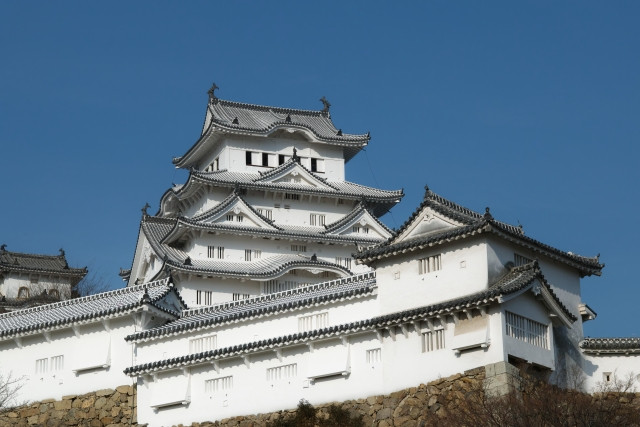
Himeji Castle, also called Shirasagi Castle and located in Hyogo Prefecture, is designated a national treasure and an Important Cultural Property in Japan. It is one of the largest existing castles in Japan and is well preserved.
Todaiji Temple (Nara)
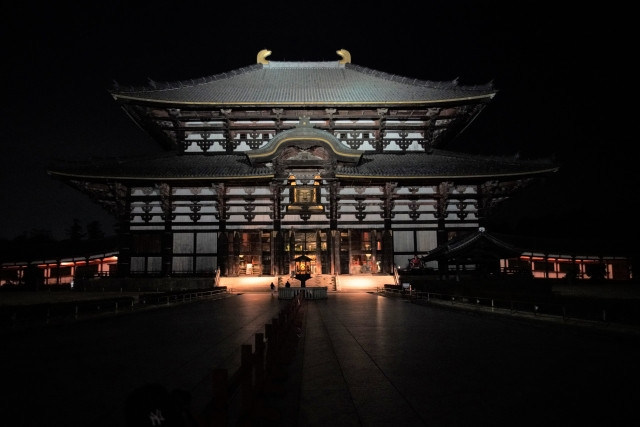
Todaiji is a designated World Heritage Site which enshrines a giant Buddha statue. The buildings that make up Todaiji are also designated as national treasures so you can feel the beauty of good old Japan just by walking around.
Lake Biwa (Shiga)
Biwako or Lake Biwa occupies about one-sixth of the prefectural land of Shiga Prefecture. There are many sightseeing spots around Lake Biwa, such as Ukimido and Shirahige Shrine. There are many beaches, so it is recommended for those who like outdoor activities.
Adventure World (Wakayama)
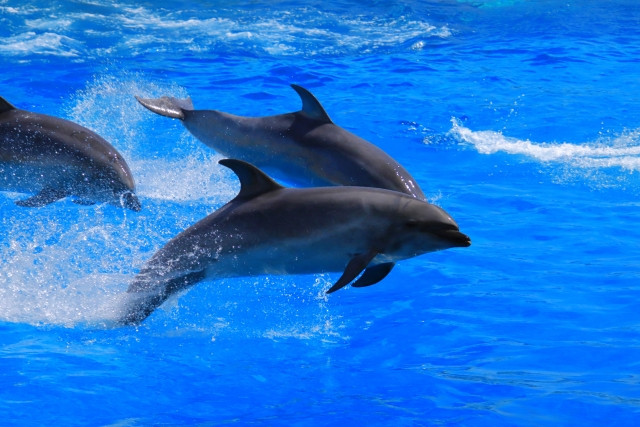
Adventure World includes an aquarium, zoo, and amusement park all in one! There are many activities that families can enjoy, such as petting animals and watching dolphin shows.
Ise Grand Shrine (Mie)
Ise Jingu, as mentioned above, is a really important shrine in Japan. It is known for enshrining several gods. It is considered proper manners to visit the outer shrine first before visiting the inner shrine. It’s also a really beautiful place to take a stroll, so make sure to stop by if you visit Mie.
Local Specialties in Kansai Region
If you’re visiting the Kansai region, don’t miss out on all the amazing food here! It’s (at least) half the reason why people visit! Here’s a list of famous local Kansai specialties to get you started.
Butaman (Osaka)

Okonomiyaki and takoyaki are famous in Osaka, but butaman (pork buns) are another popular local specialty. These buns filled with perfectly flavored pork are sold everywhere in Osaka. You can eat it with one hand and on the go! The perfect companion to butaman is mustard! Definitely try it if you’re a fan of mustard. You’ll love it!
Obanzai (Kyoto)

Obanzai is a local dish of Kyoto. The word used to refer to a home-cooked side dish in Kyoto, but now it is a dish that is also served at restaurants. Obanzai is healthy because it is mainly made of vegetables. It is a specialty popular with tourists. You can have a taste at small restaurants, shops that sell side dishes, and izakayas.
Narazuke (Nara)
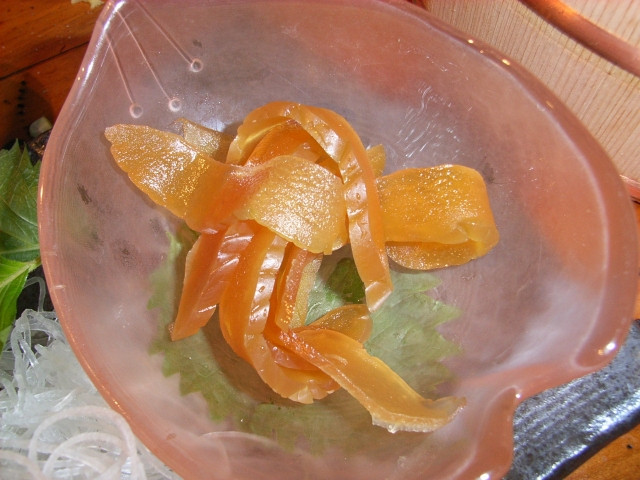
Narazuke is a traditional dish of Nara, made with vegetables pickled in salt and sake. It takes many years to make and is highly preservable, making it a great souvenir. Narazuke is usually cut into bite-sized pieces and eaten with rice. There are also some interesting but delicious recipes where you can eat it with cream cheese or mixed in fried rice.
Kobe Beef (Hyogo)
Kobe-gyu, otherwise known as Kobe beef, is from Hyogo and it is a specialty highly popular with tourists from overseas. Only high-quality beef that has passed strict screening standards is certified as Kobe beef. It is one of the three major wagyu beef in Japan. There are many restaurants that use Kobe beef for steaks and sukiyaki, so if you want to give it a go, find them in restaurants around Japan or of course, in Kobe, Hyogo!
Matsusaka Beef (Mie)
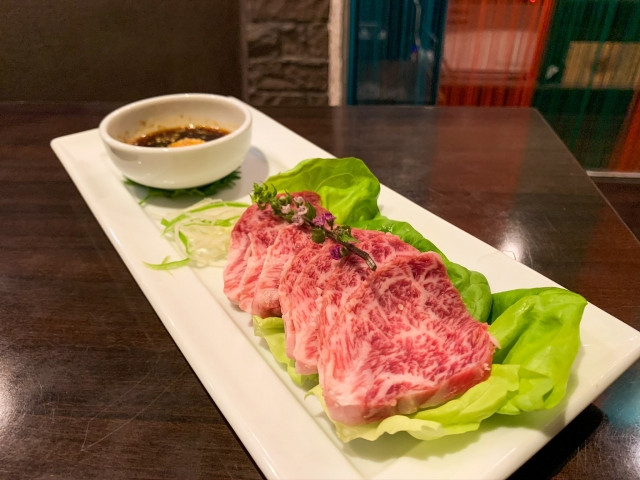
Matsusaka beef is meat taken from a brand of cows raised under certain conditions in Matsusaka City, Mie. The healthy, high quality fat melts in your mouth and gives off a sweet smell when cooked. The great thing about Matsusaka beef is that it can be enjoyed in a variety of ways, including yakiniku, shabu-shabu, etc.
Omi Beef (Shiga)
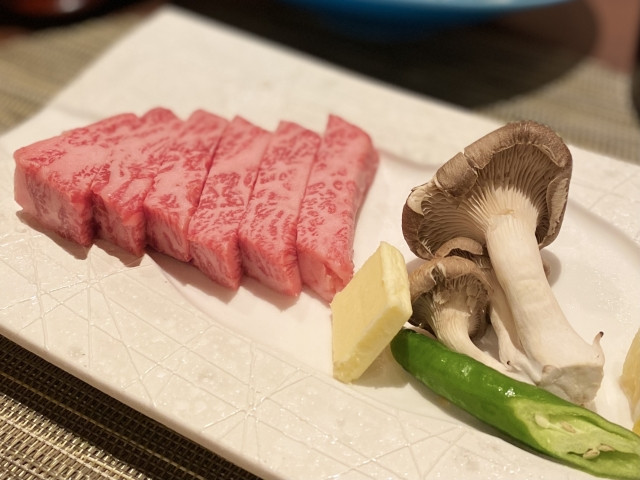
Along with Kobe beef and Matsusaka beef, Omi beef is known as one of the three major types of wagyu beef in Japan. Omi beef has a history of over 400 years. During the Edo period, it was eaten by the wealthy and privileged and called Han Honmaru at that time. Omi beef is a specialty that is delicious even just grilled. When you visit Shiga, Omi beef is the first thing you should try.
Wakayama Ramen (Wakayama)

Wakayama ramen is the prefecture’s local ramen. There are two types of soup - soy sauce and tonkotsu (pork bone), both of which are popular. The taste differs depending on the restaurant, so going around to try different shops is a way to enjoy Wakayama ramen.
Traditional Japanese Craftworks that are Great Souvenirs from Kansai
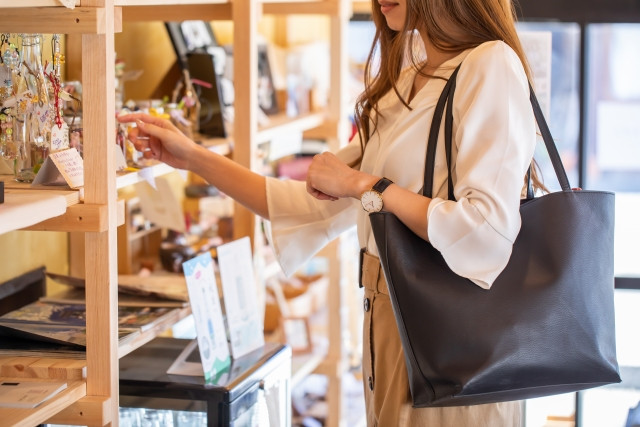
When traveling around Kansai, we recommend purchasing traditional crafts as souvenirs. Here, we will introduce you to handicrafts that give you a sense of the traditions and historical backgrounds of each prefecture.
Osaka Naniwa-suzuki
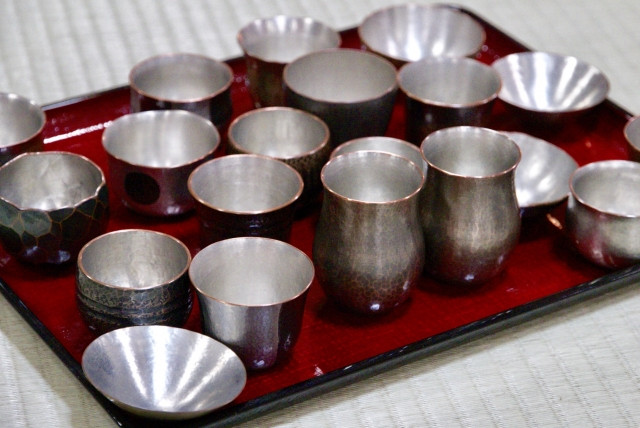
Osaka Naniwa-suzuki is a traditional craft made of tin, which has high thermal conductivity and excellent heat and cold insulation. Because it is handmade by craftsmen, all items are one-of-a-kind. It is mainly sold as tumblers, so it is also suitable as a souvenir.
Nishijin-ori (Kyoto)

Nishijin-ori is a silk fabric from Kyoto woven after dyeing the thread. It is often used for kimono sashes and is characterized by its intricate designs. In recent years, wallets, purses, and tote bags are also made with Nishijin-ori.
Tanbatachikui-yaki (Hyogo)

Tambatachikui-yaki is a type of pottery produced in Sasayama City, Hyogo. It is said to have been made since the Heian period, and is made with a left-handed potter's wheel, which is different from other pottery. The unique colors and patterns called "Haikaburi" are full of Japanese charm; it’s also a traditional craft loved by many people.
Nara-fude (Nara)

Nara-fude (Nara Brushes) made in Yamatokoriyama City, Nara are traditional crafts perfect as souvenirs. These brushes are hand-made by craftsmen, and are made from animal hair such as pigs, horses, and deer. There are also makeup brushes made using the Nara-fude techniques.
Igayaki (Mie)
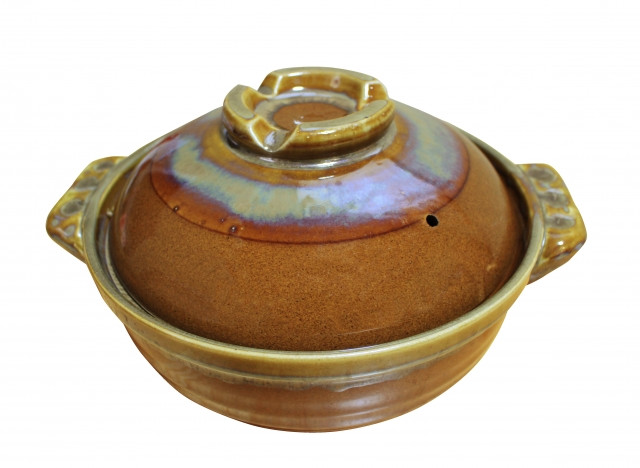
Igayaki is a traditional craft of Mie and is made around Iga City. It is also used as tea utensils for tea ceremonies, which is also an essential part of traditional Japanese culture. The colors and shapes make you feel the traditional Japanese essence of wabi-sabi, finding beauty in imperfection. Igayaki is sold in various forms such as pots, plates, and cups.
Shigarayaki (Shiga)
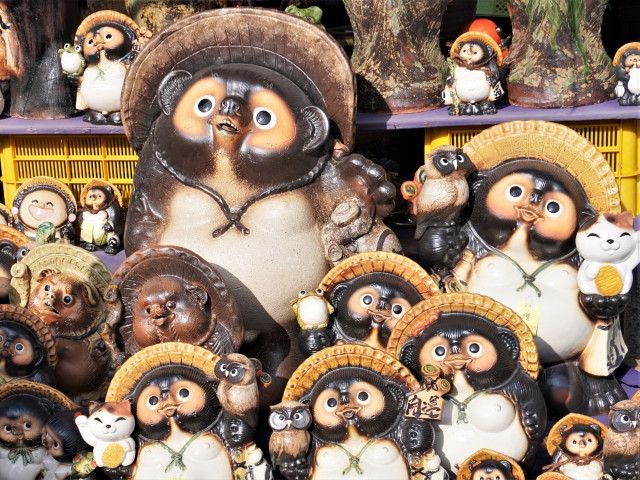
In general, Japanese pottery is famous for plates and pots, but Shigarayaki is best known for its tanuki (raccoon dog) figurines, which is said to bring prosperity in business (you might see big ones by the entrance of shops around Japan). Small tanuki figurines easy to bring home to use as decorations are also sold, so they’re popular souvenirs.
Kishu-shikki (Wakayama)
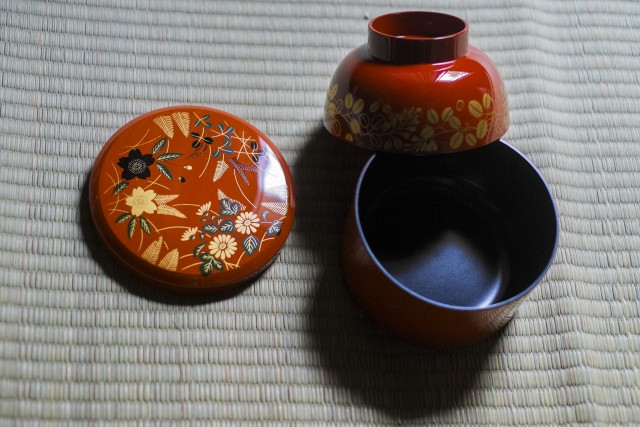
Kishu-shikki is a traditional craft of Wakayama and has been made since the Muromachi period. Due to its durability and high quality, it is a highly practical bowl that is widely loved. It is mainly black or red, and because of its beautiful looks, it is a famous souvenir.
To Close
The Kansai region has many sightseeing spots and delicious food. There are many other amazing places you should visit that are not listed in our article. If you are thinking of traveling to Japan, the Kansai region is a place you would not regret visiting.
There are also many great passes and transportation routes through the Kansai area. Make sure to do your research and check out our other Kansai articles.



















.jpg)












